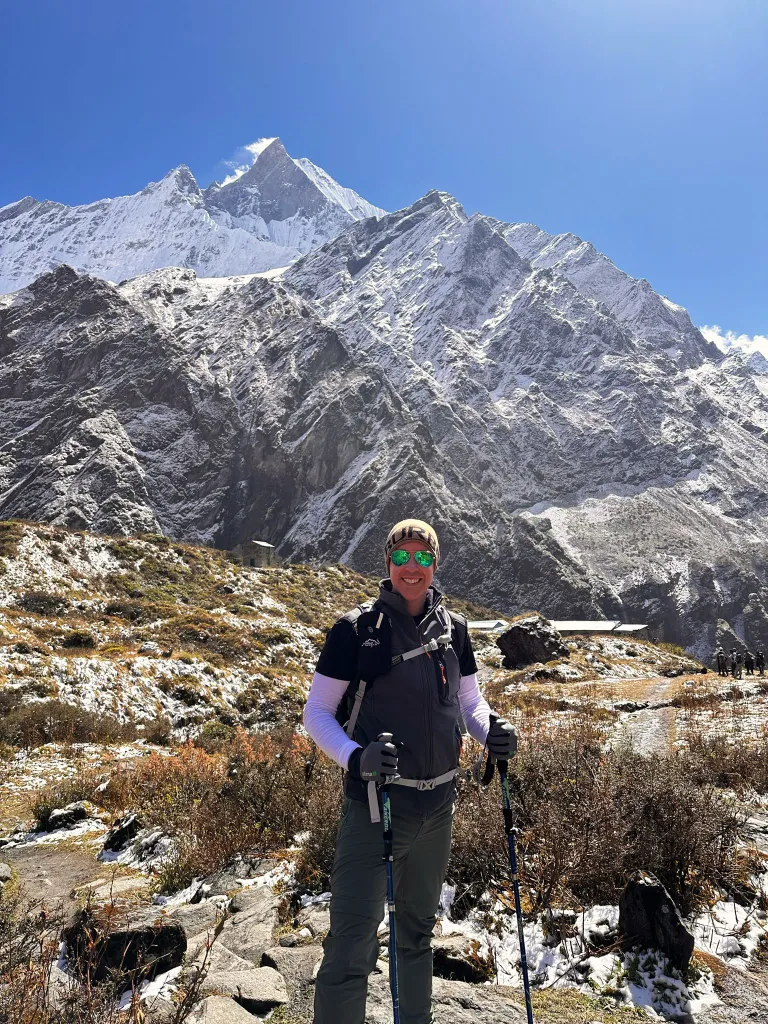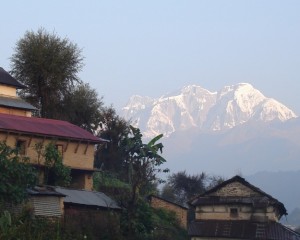5 Secret Places in Kathmandu You Didn't Know
When you type "Nepal" or "Kathmandu Valley," you will often come across Durbar Square or the stupas. While these are must-visit places if you are new to Kathmandu, some might be on their second or third visit, and in such cases, visiting these places may be less exciting.
But what if we told you that there are even more places for you to explore that remain undiscovered? You can consider them the hidden gems of the valley.
So, for your next trip to Kathmandu, or even if it's your first time in the valley, it's better to know these secret spots to make your adventure even more exciting.
Toothache Tree
During your visit to the Monkey Temple, Swayambhunath, take some time to explore the fascinating spot known as the Toothache Tree.
The shrine is dedicated to the goddess Vaisha Dev, who is the Newars' patron saint of toothaches. There is a belief that if you tie a piece of cloth to the sacred tree, it can reduce your toothache, thus giving it its name. The log contains thousands of coins nailed into it.
It attracts many people who suffer from toothaches, and as a result, dentists have opened shops near the shrine. There are also "healers" who claim to cure toothaches by offering money or other gifts, including fruits.
Besides the cultural belief, it also adds an exciting element to your visit, making it a fun stop for those who are interested in learning about a new culture.
Pharping

Pharping is just a few miles south of Kathmandu, and Lalitpur attractions include Asura Cave, Dakshinkali Temple, Taudha Lake, and Pharping Hydropower.
Moreover, the area has hiking trails that give you a chance to immerse yourself in the beauty of these sites. Along with that, you get to engage in the local culture through traditional rituals and delicious local. The best part is you can visit the local monasteries and the stunning views of the valley.
Bungmati
Now, let's visit just outside Kathmandu, where the small village of Bungamati lies, which is known for its rich cultural heritage and traditional crafts. It is also home to the Rato Machhindranath Temple.
The shrine of Rato Machhindranath, the rain god worshipped by both Hindus and Buddhists, lies in a Shikhara-style architectural structure and is a significant place for worship and festivals. The annual Jatra is the major event that showcases the village's cultural vibrancy and draws devotees from various locations.
Inside the temple, there are other famous shrines:
- Hayagriva Temple: An ancient temple dedicated to the deity Hayagriva.
- Karyabinayak Temple: A significant religious site nearby.
- Lokeshwar Shrine: Home to a large image of Bhairav, symbolizing strength and protection.
Apart from this, the village is famous for pottery and woodcarving. You can engage in these activities and observe the artisans at work, who still use age-old techniques passed down through generations.
Shivapuri National Park (Dhap Dam)

The north of Kathmandu, Shivapuri National Park, consists of a diverse area of lush forest and flora fauna. The park is home to Dhap Dam, which is a water source and a major attraction during the hike through Shivapuri. Numerous hiking trails lead to stunning viewpoints and sacred sites such as Nagi Gompa.
You can also enjoy various recreational activities, such as bird watching and picnicking, by Dhap Dam. The trails range from easy walks to challenging hikes, and the reward at the end is spectacular views of the Himalayas and lush landscapes.
Jamchen Vijaya Stupa
Jamchen Viajaya is a scenic stupa located at the height of Budhanilkantha Hill, approximately 14 km from central Kathmandu. It is a newly constructed Buddhist monument that highlights the journey to enlightenment.
The stupa is designed to represent the different acceptances of Buddhist philosophy, such as Parasol, Harmika, and Lion Throne, among others. It serves as a serene retreat for meditation and reflection that attracts locals and tourists seeking tranquility away from the city's hustle.
Besides, you can enjoy breathtaking panoramic views of the Kathmandu Valley from the stupa's summit.
The hike to the stupa takes about 1 to 1.5 hours from Budhanilkantha Temple, passes through lush greenery, and gives a sense of adventure. The inside of the stupa is filled with soothing chanting music and the perfume of Tibetan incense, perfect for an enchanting environment. The site is open daily from 8 AM to 12 PM and 2 PM to 5 PM, with no entry fee required.
White Gumba (Kopan Monastery)
Despite being the oldest monastery, which opened in the 1970s, White gumba is yet to be explored. It is located on the hilltop in the northern part of Kathmandu, Kopan Monastery. Besides, its name comes due to its striking white structure, which is a prominent Tibetan Buddhist monastery.
The stupa was made with the aim of being a center for spiritual practice and community engagement.
In addition, you can explore the beautifully landscaped grounds, featuring colorful prayer flags and stupas. The monastery provides stunning views of Kathmandu and the surrounding mountains.
The best part is attending a meditation session or participating in one of their teachings for a transformative experience. The peaceful ambiance makes it an ideal place for introspection and spiritual growth.
To wrap up, the Kathmandu Valley is a treasure trove of hidden gems that provide unique insights into the city's rich history and architectural artifacts. Every corner of the city is blessed with natural wonders and cultural artifacts.
That being said, the areas can be crowded due to their beauty, so the secret places of Kathmandu can be your way to discover the authentic essence of the city and make your visit truly memorable. If you are ready for your next best adventure, then feel free to reach out to Nepal Vision Treks for a better travel experience.
FAQS






